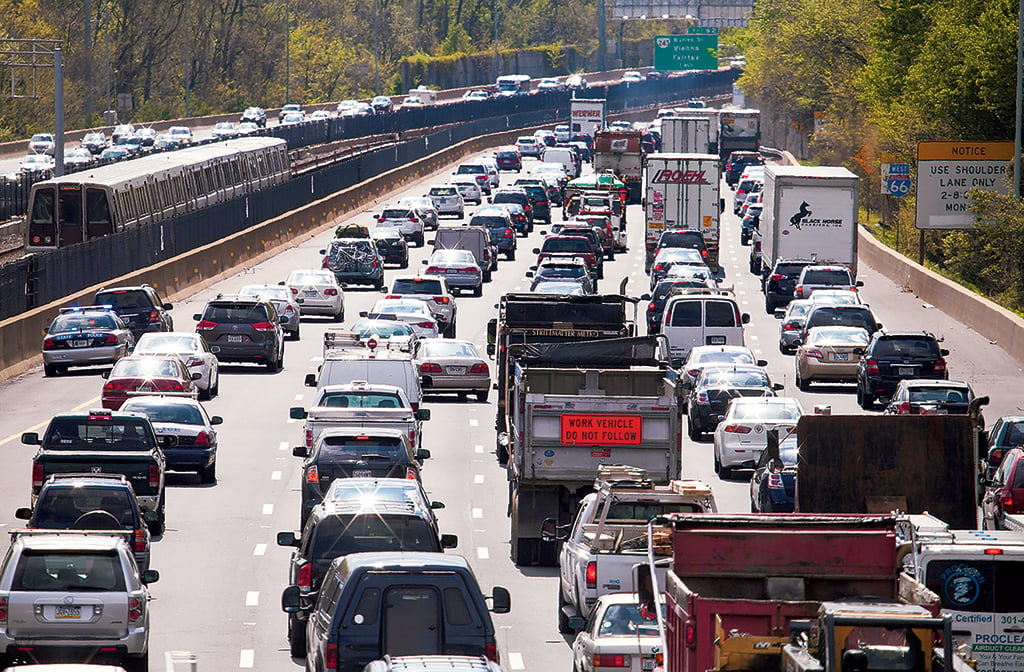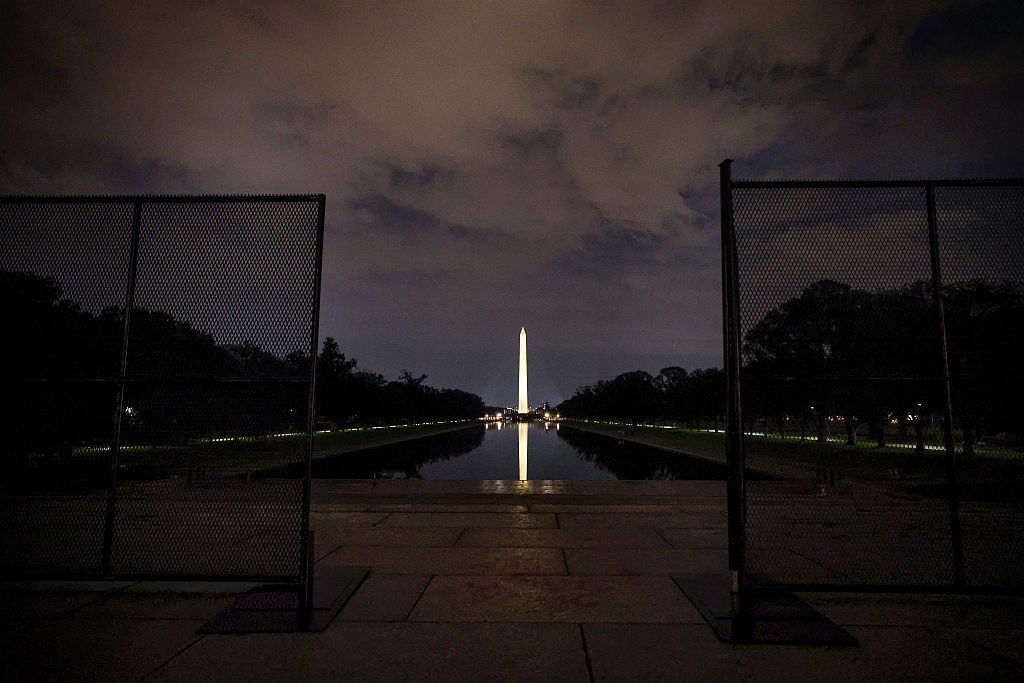In December, Northern Virginia’s I-66 opened HOV lanes to solo drivers, with a variable toll that has caused confusion and some anger. (It recently hit $47.50 for a single trip.) We asked the Virginia Department of Transportation’s David Caudill for help.
How does the system know who’s carpooling and who’s alone?
We offer a type of E-ZPass with a switch that allows drivers to declare whether they have two or more people in the car. When a driver goes under the sensors with the switch on, a light alerts the Virginia State Police, who are stationed on the road, to count the number of occupants in the passing car.
How does the algorithm determine the toll rate?
The pricing is based on congestion. We have sensors at the one-third- and one-half-mile marks along the road. The sensors track the volume and speed of the cars every four minutes, and from those two data points we calculate density. The density measurement is converted into a toll rate, which is calculated every six minutes.
How can drivers decide whether to use the road?
We have an app that shows you the price. You can also see it at the entry and decide whether you want to pay it or use one of the other roads. Prior to this toll, single-occupant vehicles couldn’t access this road at all, so this means people are given a choice.
This article appeared in the April 2018 issue of Washingtonian.

















